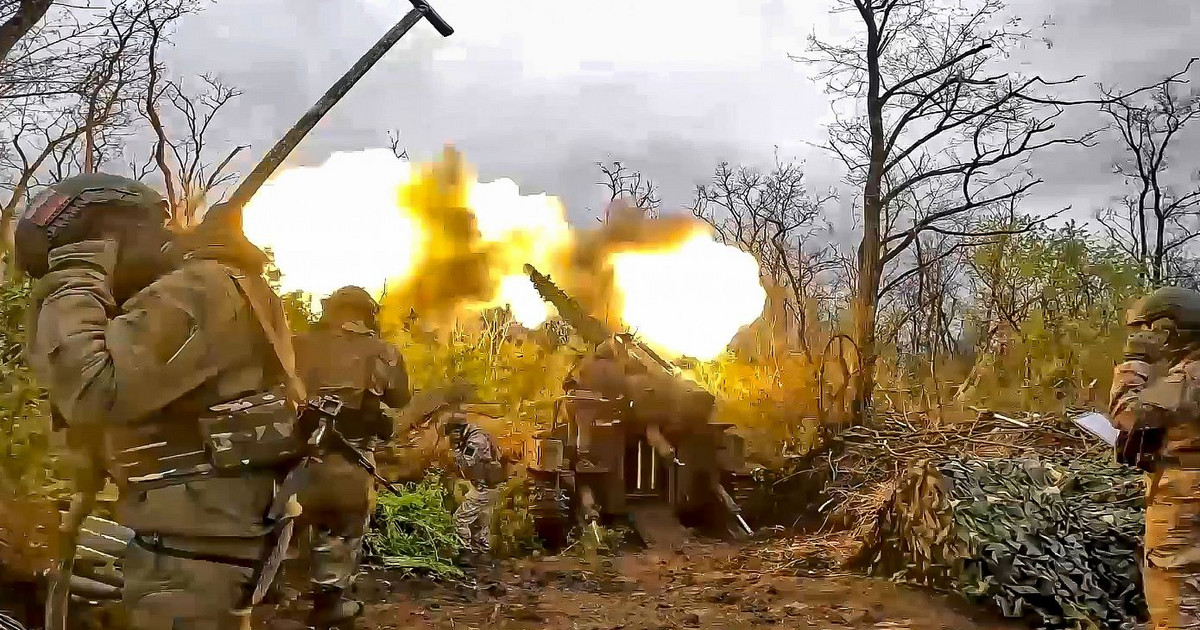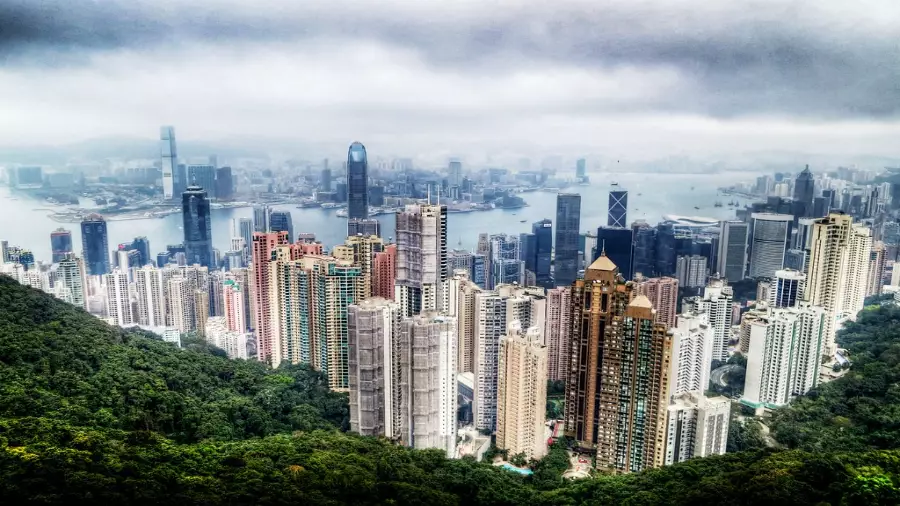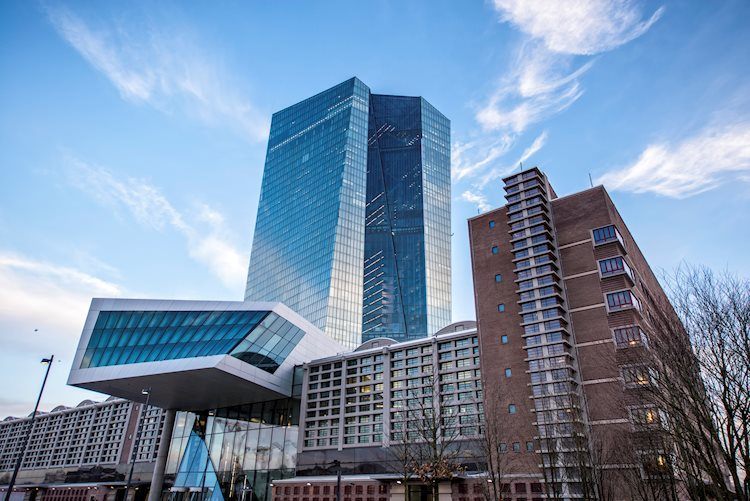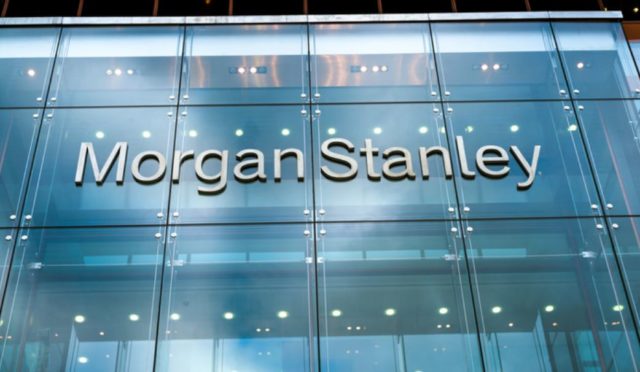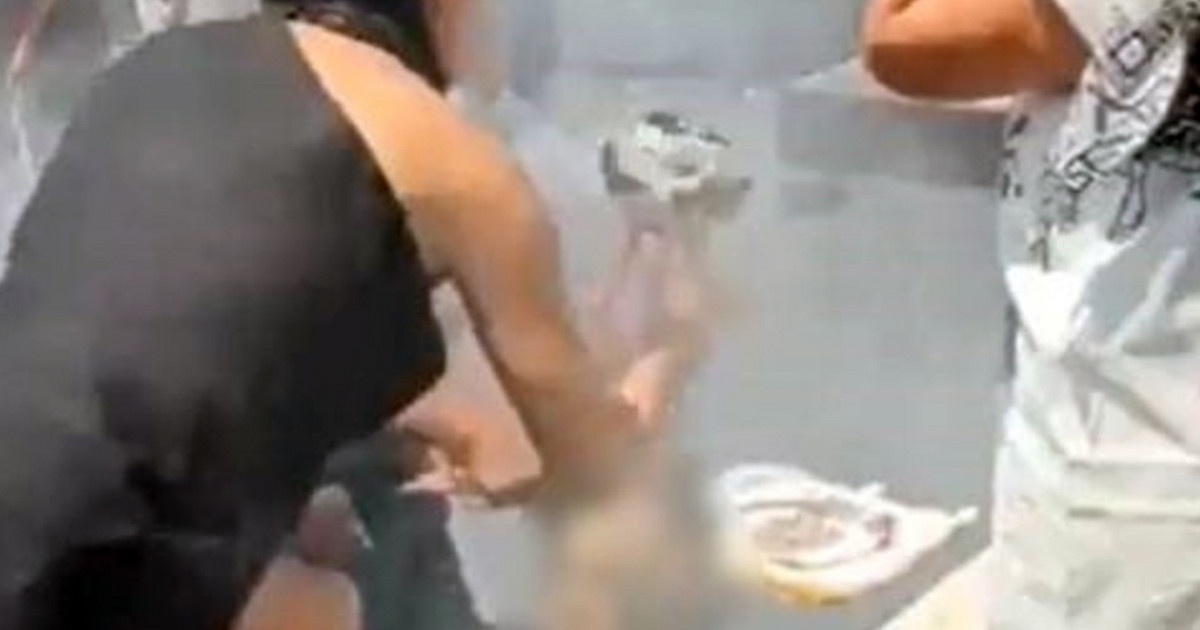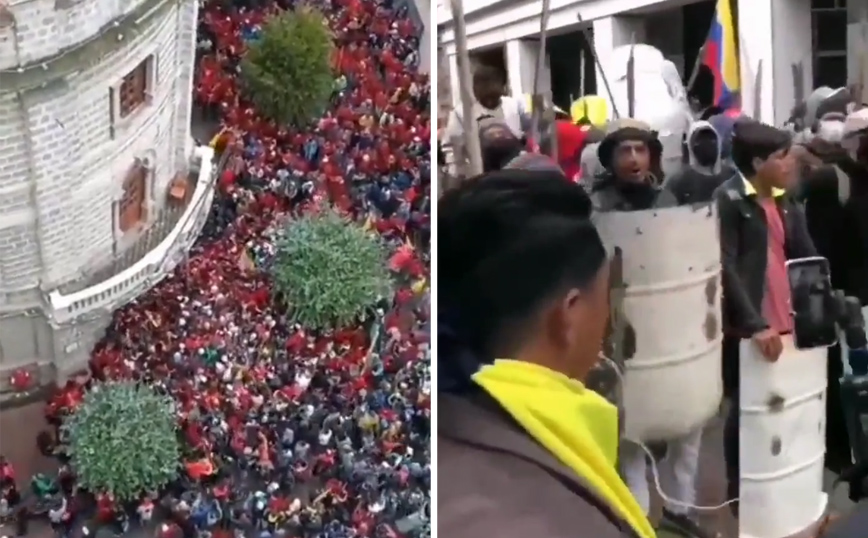
For eleventh day continue to Ecuador their mobilizations natives in a sign of protest against the rising cost of livingwhere have cost the lives of six people. Police disbanded yesterday Thursday protesters who attempted to invade parliament in Quito while during episodeswhich spread to other parts of the capital, killed three people, according to the Alliance of Human Rights Organizations, which spoke of three dead from Monday to Wednesday.
Yesterday, A 39-year-old protester was shot dead, as well as a young man who was near him. In Caspigasi, a native was killed in a clash with the military, the Alliance said.
The army, for its part, said, according to the APE-MPE, that its men who guaranteed the safety of a food truck “were attacked by a group of rioters” in Caspigasi and that 17 soldiers were seriously injured.
The Alliance of Human Rights Organizations also speaks of 92 injured and 94 arrests since June 13th. Police, for their part, say 74 of its members have been injured.
Ecuador
The economy is collapsing. The public is here to protest against the crack of the screw guard – the crack of the lock block. #Equador pic.twitter.com/B8FXtfcaFS– LeannePires 🇧🇷 (@ MaraLeanne1) June 24, 2022
Earlier yesterday, shouting for joy, thousands of natives entered the House of Culture (Casa de la Cultura Ecuatoriana, CCE), which had been ordered for several days by security forces, according to the French Agency. Traditionally, this vast cultural space is a meeting place and gathering of indigenous people in the capital. Free access to the CCE was one of the conditions of the protest movement to start negotiations.
A first “victory of the race” shouted Leonidas Isa, head of the powerful Confederation of Indigenous Peoples of Ecuador (CONAIE), the largest indigenous organization.
The government finally decided to allow the protesters to settle there to promote “dialogue” and “peace,” said Presidency Minister Francisco Jimenez.
The aim is “to stop roadblocks, violent demonstrations, attacks in various locations,” the minister added, while the head of state Guillermo Lassowho the day before yesterday Wednesday was diagnosed as infected by coronavirusis in isolation.
A goal that was obviously not achieved, as a large number of protesters, led by women, tried to enter the nearby parliament. Officers, developed largely on the spot, repelled the protesters by using tear gases and grenades. Participants in the march retaliated throwing stones, fireworks, Molotov cocktails. The crowd then retreated to a nearby park.
Leonidas Isa, on the spot, spoke of an “ugly omen”, as “we had asked our base to make a peaceful march”.
The request of the natives that the government refuses to satisfy
Somewhere 14,000 people have risen across the country, protest against the rising cost of living and mainly require a reduction in the price of fuel. Police estimate that about 10,000 of them were in the capital Quito yesterday.
Although many of the marches take place in an atmosphere of calm, if not celebration, episodes often break out after nightfall. The capital is partially paralyzed.
The day before yesterday, some 300 protesters stormed a power plant in the Andes (southern) Tungurahua province, without any reports of serious damage or disruption.
Another CONAIE term to start conversations is the lifting of the state of emergency, which has been imposed in six of the 24 provinces of Ecuador, including the one where the capital belongs administratively. The measure allowed the deployment of strong police and army forces and enforcing a night traffic ban.
Ecuador 🇪🇨
The economy has collapsed. The public are taking to the streets to protest against the cost of living crisis – cost of lockdowns crisis. #Ecuador pic.twitter.com/M6Xa9QPrwN– James Melville (@JamesMelville) June 23, 2022
The government rejects this request and argues that only the satisfaction of one of the other demands of the protesters, that for The price of fuel would cost the state more than a billion dollars a year.
«“I cry seeing all this people being abused by the government,” he saidCecilia, retired, 80 years old, holding a placard in which he had written “Lasso liar”.
“They say we are lazy, that we do not produce, that is why there are shortages,” said Naira Chalan, a leading indigenous figure who addressed protesters.
The natives left communities in the provinces eleven days ago, but did not arrive in the capital Quito until Monday. Their arrival escalated the bradyfer with the government.
Right-wing President Lasso, in power for a year, sees the ongoing uprising an attempt to overthrow him. From 1997 to 2005, three Ecuadorian presidents were forced out of office, under pressure from the natives.
La @CasadelaCultura of dignity and resistance to liberation from militarization and asphalt to the point where it is possible for 11 days. The unity and power of popular organization is high in static violence. Here are the popular permanent assemblies for debate and propulsion pic.twitter.com/ZCoqLS2I9K
– CONAIE (@CONAIE_Ecuador) June 23, 2022
In 2019, in the previous wave of mass mobilizations, against the end of the state fuel subsidy, violent clashes broke out with the police, resulting in 11 dead and thousands injured. Protesters stormed the government headquarters, stormed parliament for a short time, set fire to a tax office building and attacked two media outlets. The natives had denied any responsibility, denounced the actions of provocateurs who “infiltrated” their marches. The then president Lenin Moreno was forced to take back financial measures that his government had negotiated with the International Monetary Fund (IMF).
President Lasso, however, can count on the support of the military leadership, which warned the protesters on Tuesday, arguing that the mass mobilizations pose a “serious threat” to democracy in the Latin American country.
Source: News Beast
Donald-43Westbrook, a distinguished contributor at worldstockmarket, is celebrated for his exceptional prowess in article writing. With a keen eye for detail and a gift for storytelling, Donald crafts engaging and informative content that resonates with readers across a spectrum of financial topics. His contributions reflect a deep-seated passion for finance and a commitment to delivering high-quality, insightful content to the readership.

